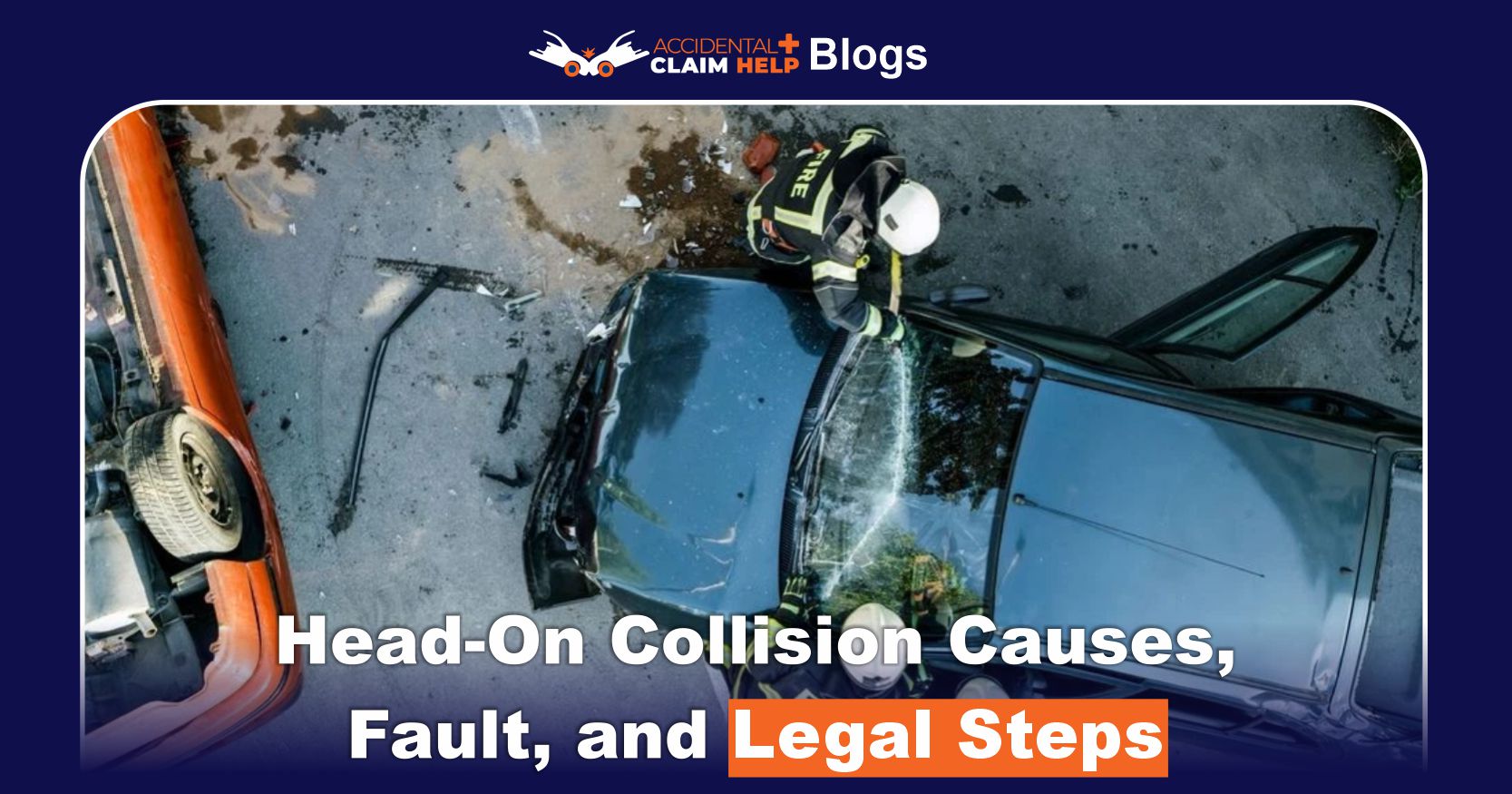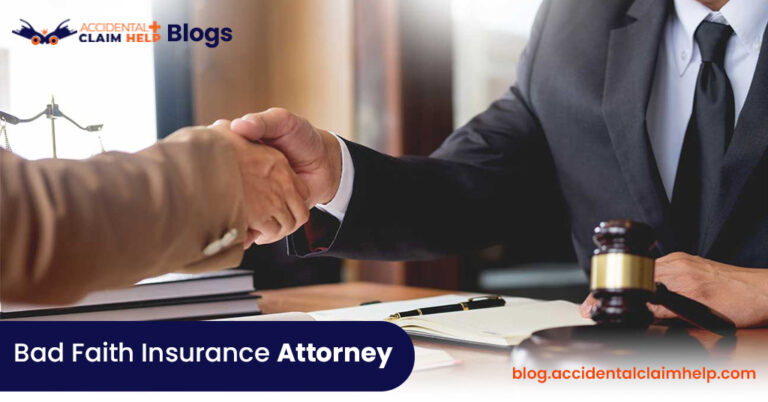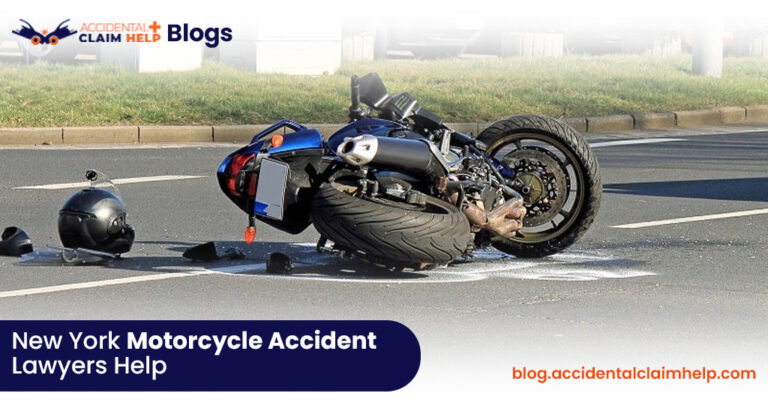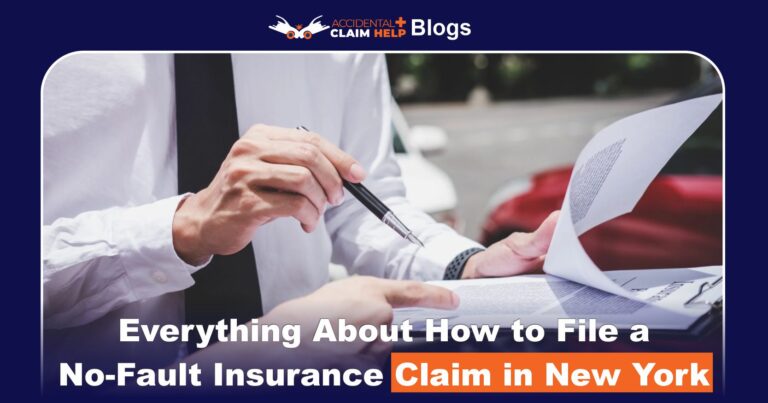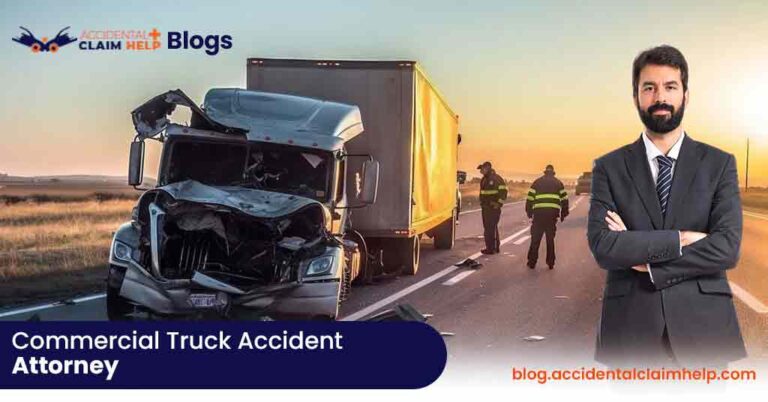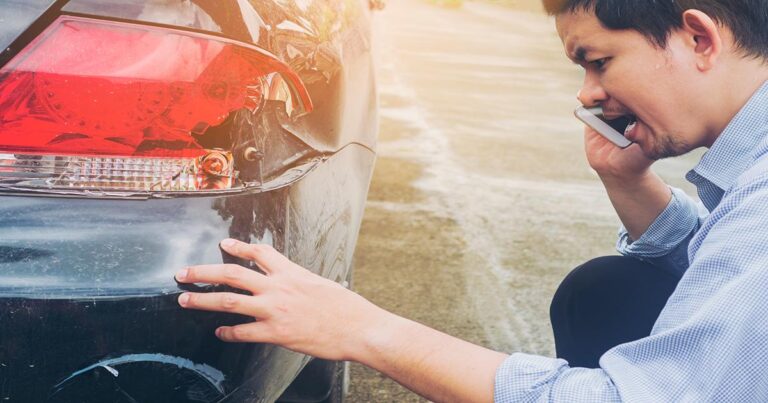Head-On Collision Causes, Fault, and Legal Steps
Head-on collisions—where the fronts of two vehicles traveling in opposite directions crash into each other—are among the most dangerous types of traffic accidents. Because the forces involved tend to be very high, injuries are often severe and fatalities common. Understanding what causes these crashes, how fault is determined in U.S. law, and what legal steps victims should take is critical for anyone involved. In this article, we’ll explore the mechanics, liability issues, and legal path forward in head-on collision cases in the United States.
What Is a Head-On Collision?
A head-on collision occurs when two vehicles collide front to front while traveling in opposite directions (or when one vehicle enters the path of an oncoming vehicle).
Although head-on crashes account for a relatively small share of total collisions, they are disproportionately responsible for fatalities and catastrophic injuries because of the high closing speeds involved.

Because both vehicles are typically moving toward each other, the effective impact speed is the sum of their individual velocities (minus any deceleration). Even at moderate speeds, this can produce extreme forces.
Common Causes of Head-On Collisions
Understanding why these collisions occur is essential in assessing fault and liability. Common causes include:
- Wrong-way driving/lane departure
One of the most frequent causes is when a driver mistakenly or recklessly enters the wrong side of the road or into oncoming traffic. This might be due to misreading signage, confusion, intoxication, or fatigue. - Overtaking / passing improperly
A driver attempting to pass another vehicle without adequate visibility or misjudging speed may cross the center line into oncoming traffic. - Distracted or impaired driving
Distraction (e.g. texting, using a phone) or impairment (alcohol, drugs, drowsiness) can lead a driver to drift across the center line, failing to correct in time. - Excessive speed or aggressive driving
Speeding reduces time to react, increases stopping distance, and magnifies the force of impact. - Poor road design or maintenance
In some cases, poor signage, inadequate or faded lane markings, lack of median barriers, or road defects can contribute. A government agency or municipality may bear some liability if the road was defectively designed or maintained. - Vehicle defects
Defective brakes, steering systems, or tire blowouts can cause a vehicle to veer into the wrong lane. If a defect caused or contributed to the collision, a vehicle manufacturer or parts supplier might also be a defendant. - Avoidance maneuvers
Sometimes, a driver may swerve to avoid an obstacle, animal, pedestrian, or other immediate hazard, unintentionally entering the oncoming lane and triggering a head-on crash.
Because head-on collisions are serious, the investigation often involves reconstructing the events (skid marks, vehicle telemetry, witness statements) to establish which cause—or combination of causes—led to the crash.
Establishing Fault in a Head-On Collision (U.S. Law)
In the U.S., most personal injury and property damage claims from auto accidents proceed under the tort / negligence framework (unless you are in a “no-fault” state, discussed below).
Here’s how fault is typically established:
Elements of Negligence
To show that a driver is legally liable, a claimant (the injured party) must typically prove:
- Duty of care — the driver owed a legal duty to drive carefully and follow traffic laws.
- Breach of duty — the driver violated that duty, e.g., by speeding, crossing center line, or driving impaired.
- Causation — the breach directly caused the collision and the damages.
- Damages — the claimant suffered injury or losses (medical bills, lost wages, property damage, pain & suffering).
Evidence Used to Prove Fault
Because head-on collisions are often contested, strong evidence is crucial. Some typical avenues:
- Police and accident reports
The responding officer’s notes, diagram, citations, and observations are vital. - Skid marks, gouge marks, vehicle damage and debris layout
These physical clues help reconstruct speeds, impact angles, and trajectories. g - Witness statements and video or photo evidence
Eyewitnesses or nearby traffic cameras / dashcams / surveillance can corroborate what happened. - Vehicle data / black box / telematics
Many modern cars record speed, braking, steering, and other parameters, which can help reconstruct conditions. - Expert testimony / accident reconstruction
Experts can analyze physical evidence and testify about cause, speed, and fault. - Driver statements, cell phone or DUI records
Text logs, impairment tests, or admission of fault may be used (though caution is needed when giving statements).
Comparative Negligence and Shared Fault
One complication in U.S. law is comparative negligence (also called comparative fault). In many states, even an injured party who bears some fault can recover damages—though their award is reduced by their percentage of fault.
For instance, if you are found 20% at fault (say, drifting slightly) and the other driver 80% at fault, your recovery will be reduced by 20%. Some states use “modified comparative negligence,” disallowing recovery if your fault exceeds a threshold (often 50% or 51%).
If multiple defendants are involved (e.g., driver + vehicle manufacturer + municipality), courts will apportion fault among them proportionally.
No-Fault Insurance States
In a minority of U.S. states, the insurance system is “no-fault.” In those states, injured parties must first tap into their own Personal Injury Protection (PIP) benefits, regardless of fault. Only after certain thresholds (e.g. serious injury) are met may they sue the at-fault driver for non-economic damages.
However, most states remain the traditional tort regime, where fault and liability are central.
Legal Risks & Common Disputes
Because head-on collision cases are high stakes, several areas commonly become points of dispute:
- Disputed speed / relative velocity
The parties may argue over which vehicle was speeding, or whether deceleration occurred. - Sudden emergency / unavoidable accident defenses
The at-fault driver might argue they were forced into the collision because of sudden, unforeseeable events. - Assumption of risk / contributory negligence arguments
Some jurisdictions still have old doctrines (rare nowadays) that may bar or limit recovery if the injured party had some role. - Timeliness / statute of limitations
Each state has a deadline (often 2–3 years) to file suit, after which claims are barred. - Insurance policy limits / underinsured or uninsured drivers
If the at-fault driver lacks sufficient coverage, further claims (e.g. UM/UIM) may be needed. - Multiple defendants / third-party liability
If a defect or road design contributed, multiple parties may be sued. - Causation and proximate cause
The defense may attempt to sever the causal link between the defendant’s action and the plaintiff’s injuries.
Given how complex fault disputes can become, many cases settle out of court after negotiation, but having a strong evidentiary foundation is key.
What Legal Steps Should You Take After a Head-On Collision?
If you or a loved one is involved in a head-on collision, following proper legal and practical steps promptly will preserve your rights and maximize your chance of fair compensation.
1. Ensure safety and health first
- Call 911 and request police and ambulance even if injuries seem mild. Some injuries (e.g. internal trauma or concussions) may manifest later.
- Do not leave the scene (unless to seek medical help).
- If possible and safe, move vehicles to avoid further damage or danger.
2. Document the scene
- Take photographs and video of the vehicles, damage, skid marks, debris, road conditions, signage, and surroundings from multiple angles.
- Note the time, weather, visibility, road layout, and lighting.
- Get names, contact info, and statements (if feasible) from any witnesses.
- If dashcams, surveillance cameras, or nearby businesses exist, note their location for potential video evidence.
3. Exchange information
- Swap contact, driver license, registration, and insurance information with other drivers involved.
- Do not admit fault or make statements like “I’m sorry” that could be construed as admission.
4. Obtain a police report
- Get the responding officer’s report, crash number, and citation(s) if any.
- Later, request a certified copy of the police or accident report.
5. Seek prompt medical evaluation and care
- Even if you feel fine, see a medical provider right away. Document all injuries, tests, diagnoses, and treatments.
- Follow medical advice and keep all records, bills, and receipts.
6. Notify your insurance company
- Report the collision quickly in accordance with policy deadlines. Provide factual information, but avoid giving recorded statements or admitting fault without consulting counsel.
- Start a claim under your own policy if needed (e.g. underinsured motorist coverage).
7. Preserve and collect evidence
- Keep your vehicle in its damaged state, if possible, until inspected by your attorney or experts.
- Request maintenance records, vehicle black box data, cell phone records, and communications that might show distraction or impairment.
- Interview and preserve witness contact details.
- Seek surveillance video from nearby cameras.
- Engage an accident reconstruction specialist if warranted.
8. Consult a personal injury attorney
- Especially in serious collisions, engage an attorney experienced in auto accidents as soon as possible.
- An attorney can guide you through evidence gathering, dealing with insurers, negotiation, and litigation if necessary.
- Most U.S. personal injury attorneys work on a contingency fee basis (i.e. they are paid only if you recover).
9. Make and review a demand / settlement negotiation
- After liability and damages are established (with your attorney’s help), your attorney will prepare a formal demand package to the insurance company.
- The insurer may accept, reject, or counter. Be wary of early lowball offers.
- Your attorney may negotiate and push for a fair settlement.
10. File a lawsuit if necessary
- If negotiations fail, your attorney can file a personal injury lawsuit before the statute of limitations expires.
- Discovery, depositions, motions, expert witnesses, and possibly a trial may follow.
- Many cases settle even after filing, but being prepared for trial strengthens your leverage.
11. Calculate and prove damages
Damages in head-on collision cases generally include:
- Economic damages: medical expenses (past and future), lost wages, lost earning capacity, rehabilitation, assistive devices, property repair or replacement.
- Non-economic damages: pain and suffering, emotional distress, loss of enjoyment of life, disfigurement, etc.
- In some cases, punitive damages may be available if the defendant’s conduct was particularly reckless or malicious (depending on state law).
Your attorney and expert witnesses will help quantify these with medical records, life care plans, wage analyses, and expert testimony.
12. Settlement, verdict, or appeal
After judgment, either side may appeal.
If settlement is reached, a release and payout follow.
If the case goes to trial, presentation before judge or jury decides liability and damages.
Why Legal Representation Matters in Head-On Collision Cases
Head-on collisions typically involve higher stakes, complex fact patterns, and contested liability. An experienced attorney can:
- Help preserve evidence early (before it is lost or destroyed)
- Identify and coordinate with expert witnesses (reconstruction, medical, economic)
- Navigate multiple insurance policies and coverage issues
- Address comparative negligence arguments and multiple defendants
- Negotiate more effectively with insurers who often seek to underpay or deny claims
- Handle procedural and legal complexities (motions, deadlines, appeals)
- Advise when settlement is fair versus when to go to trial
Because of the intricacy and financial exposure, many head-on collision claims settle only after rigorous preparation and strong legal advocacy.
Conclusion
Head-on collisions are among the most serious and devastating accidents in the United States. Because of the extreme forces involved, victims often face catastrophic injuries, lengthy recovery, and overwhelming expenses. Determining fault requires careful evidence gathering and application of U.S. negligence law, while pursuing compensation demands persistence and legal skill.
If you or a loved one experiences a head-on collision, focus first on safety and health, then take the right legal steps—document the accident, seek medical care, notify insurers, and consult an attorney. With strong preparation and legal representation, you can hold the responsible party accountable and secure fair compensation for your losses.

